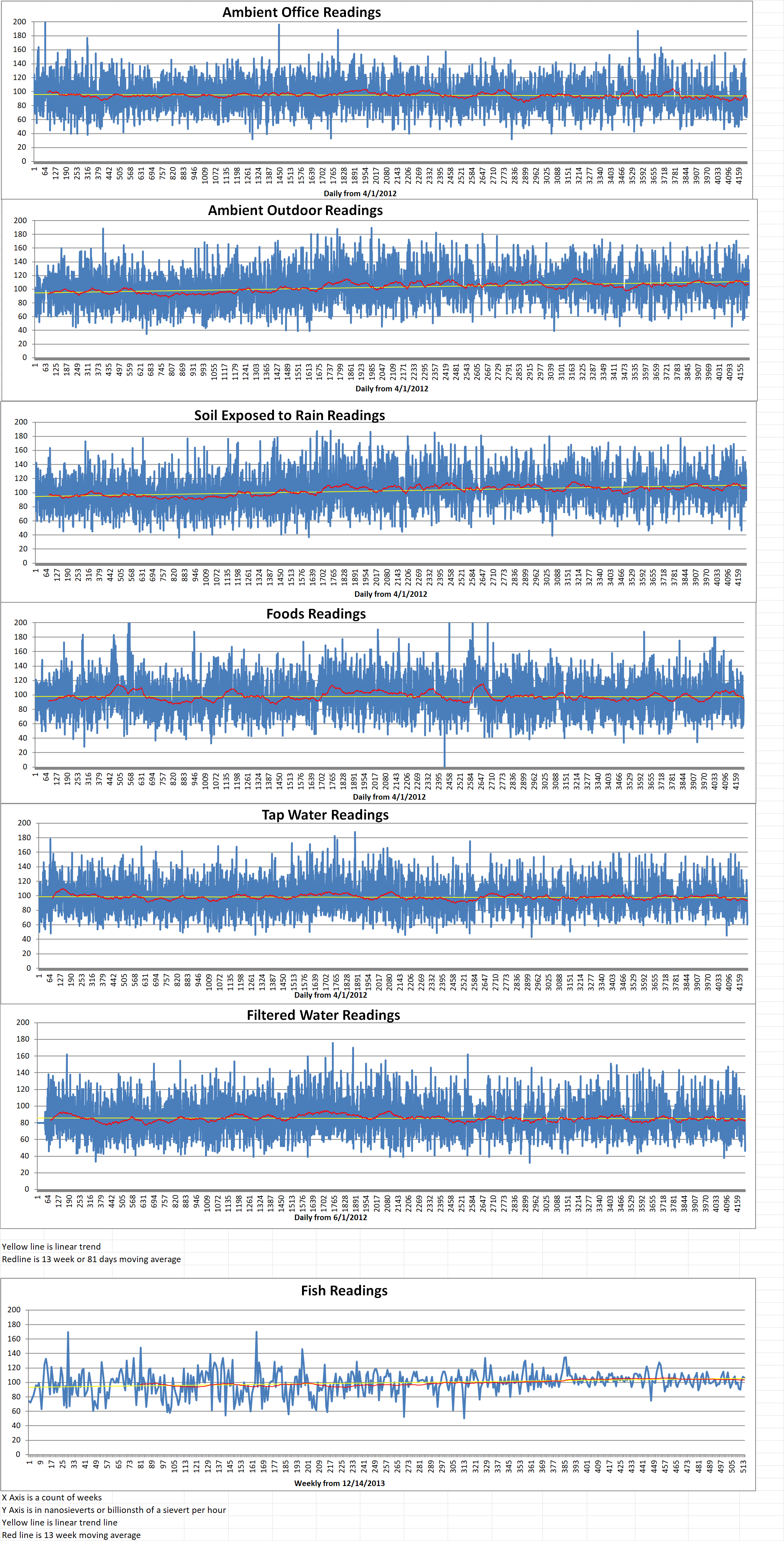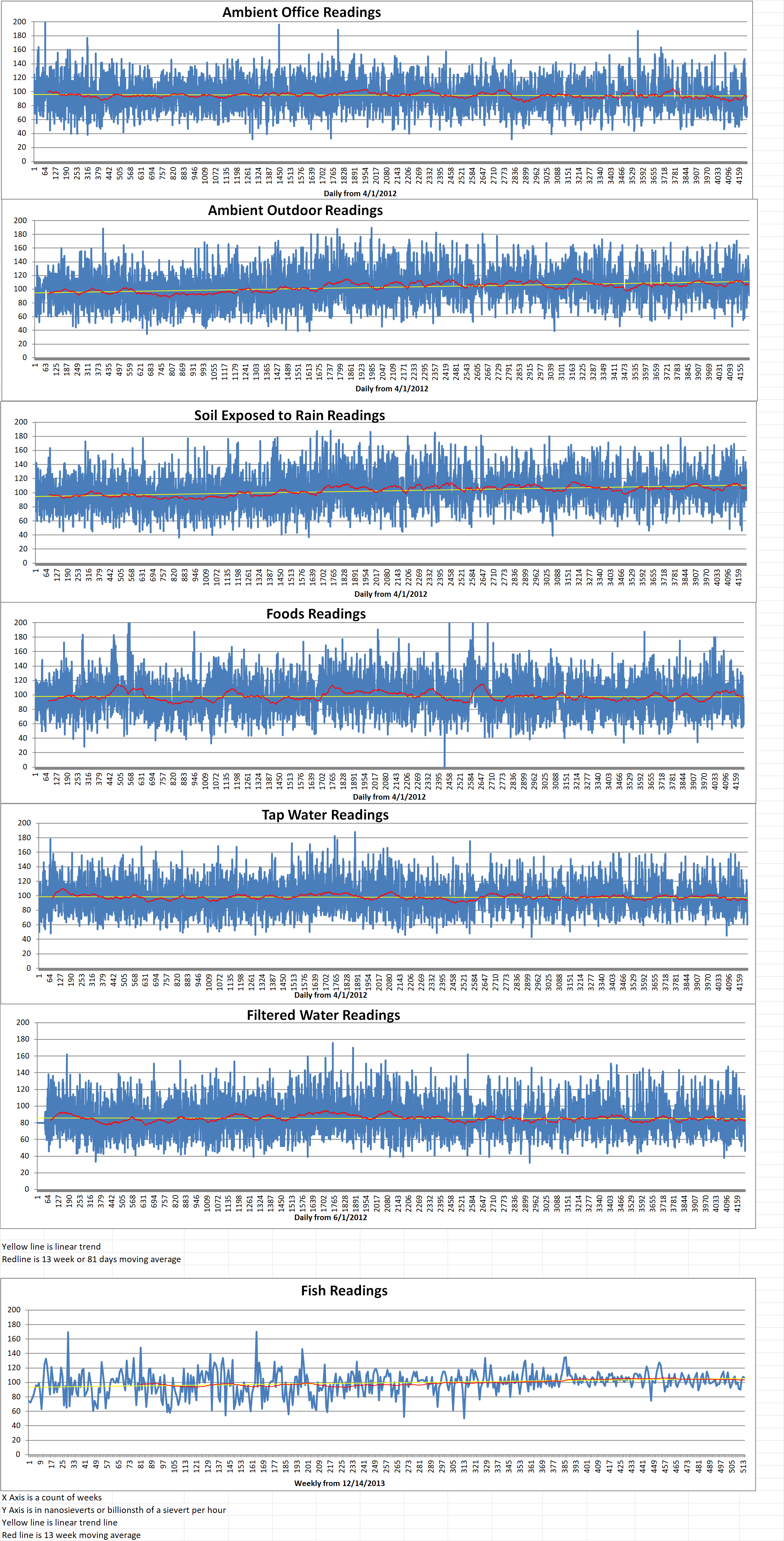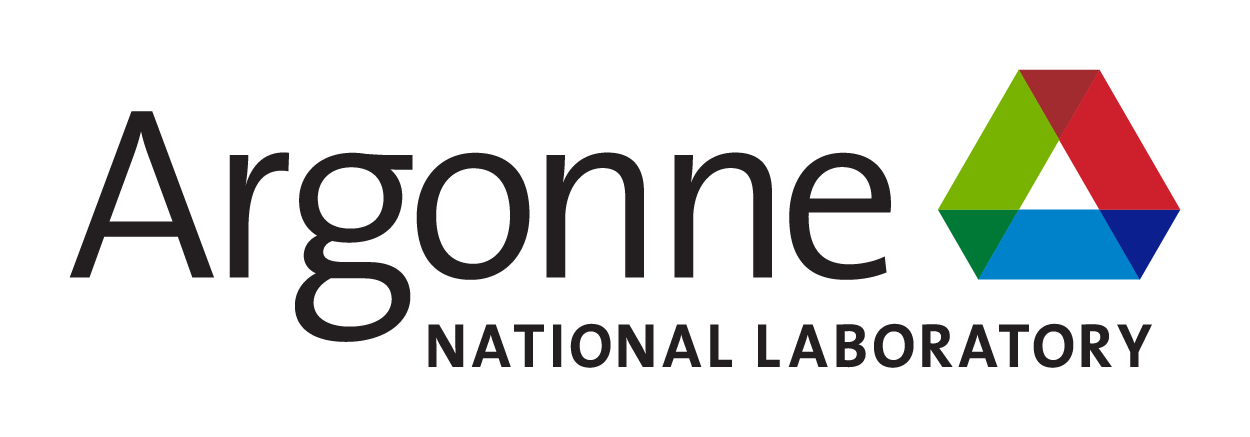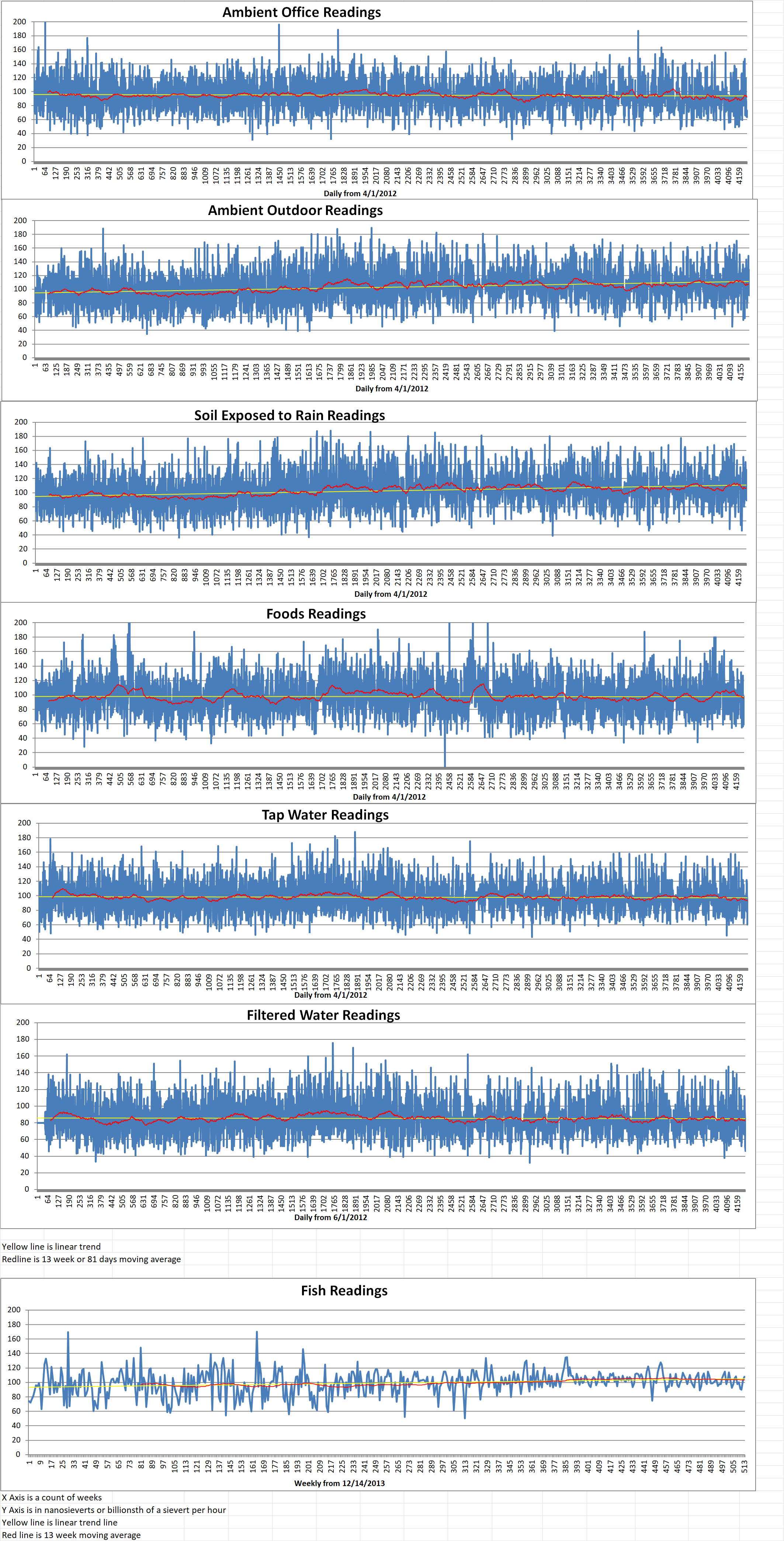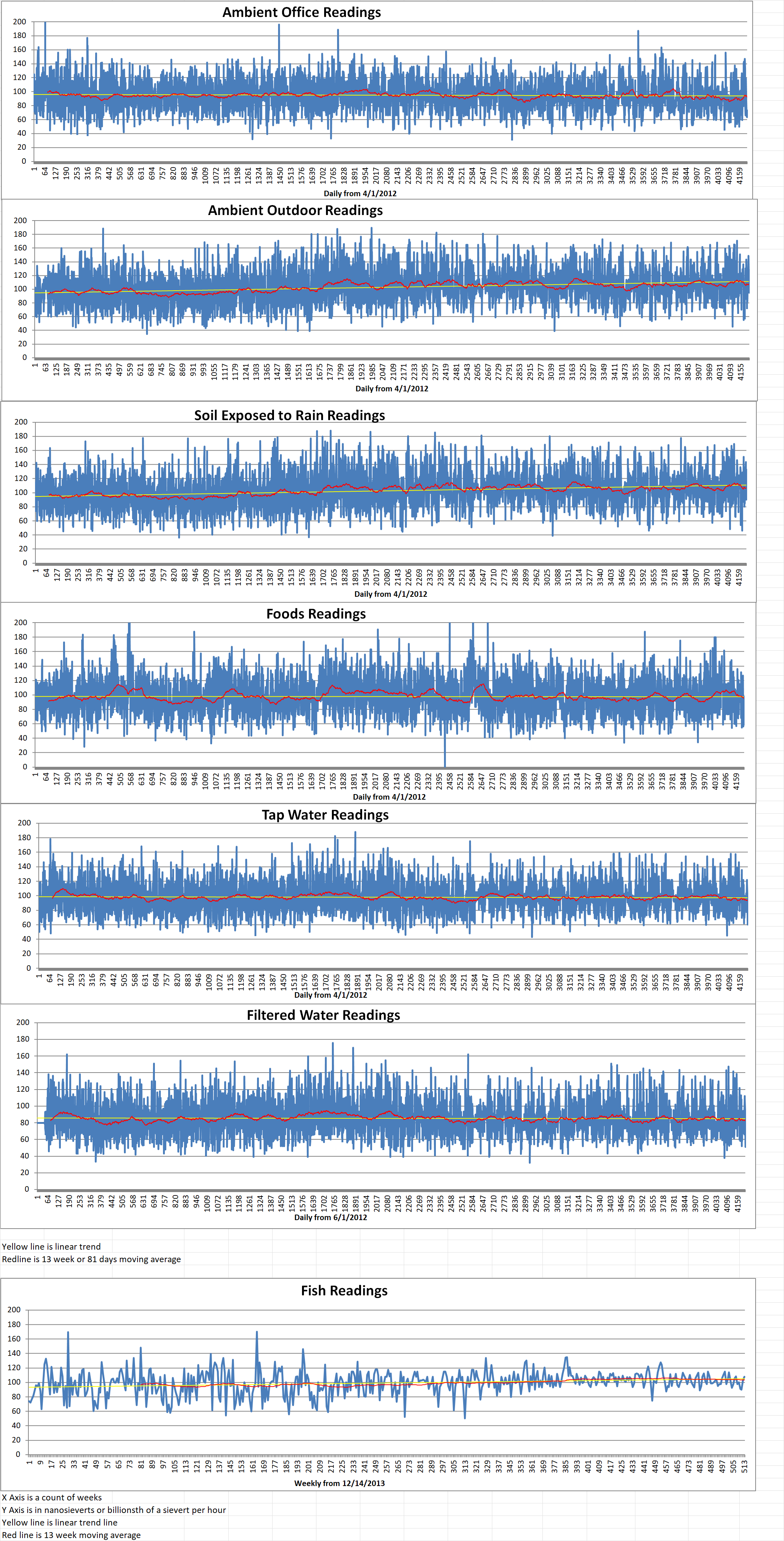The current fleet of commercial nuclear power reactors across the U.S. is cooled by water from a variety of sources. Rivers, lakes, and oceans are fed through systems that extract and dissipate heat from the reactor cores. However, the recent effects of climate change have been raising the temperature of bodies of water to the point where they cannot be used to cool reactors.
Climate scientists and nuclear science and engineering experts at the U.S. Department of Energy’s (DoE) Argonne National Laboratory (ANL) are collaborating to develop a plan B for nuclear power in Richland, Washington.
Scientists at the ANL will use Gateway for Accelerated Innovation in Nuclear (GAIN) funding from DoE to work with Washington’s Energy Northwest (EN) to guide the design and selection of future nuclear reactor cooling systems and their impacts on the cost of electricity in Washington state.
Rick Vilim is the manager of the Plant Analysis and Control and Sensors department in Argonne’s Nuclear Science and Engineering division. He is leading the research project with the assistance of Rao Kotamarthi, senior scientist in Argonne’s Environmental Science division.
According to Vilim, the most economical and best way to cool a reactor is to use a local, flowing waterway. These would include such sources of water as a lake or a river, for what is called “wet” cooling. Wet cooling makes it possible to easily conduct heat away from a reactor and its cooling rods. That is the current cooling design employed at Washington’s nuclear power plant, the Columbia Generating Station (CGS) in Richland, which produces nearly zero greenhouse gas emissions and eight percent of the state’s electricity. It relies on a steady flow of cold water from the Columbia River to keep its temperature down.
However, when considering construction of future nuclear power plants, EN thought it wise to develop a contingency plan in case the river conditions change. Despite the well-established wet climate of its most populous city, Seattle, Washington state is quite temperate and dry east of the Cascade Mountain Range. If evolving climate models indicate that warmer, drier days lie ahead, more aridity will obviously affect the volume, flow, and temperature of the Columbia River.
Vilima explains that there is an alternate dry cooling design which uses ambient air circulated across a reactor’s heat exchangers to conduct heat away from a reactor core. This would replace the reliance on a river or lake, or using fans or physics similar to those in a house chimney or car radiator.
Vilim said, “Dry cooling is not quite as efficient or as economical as wet cooling. However, if wet cooling isn’t available, it is your best option.”
Kotamarthi and his team are able perform impact analyses of risks from a changing climate, such as drought, heat waves and wildfire. The researchers can also provide translation of what that data means for local, immediate decisions. In addition, they can recalculate the data to demonstrate the effect 25 or 50 years from now. High performance computing resources at ANL give Kotamarthi and his group the capability to develop very high-resolution regional scale climate model projections. The current model resolution is about seven and a half miles. However, newer models in development are expected to get as specific as a two-and-a-half-mile area.

